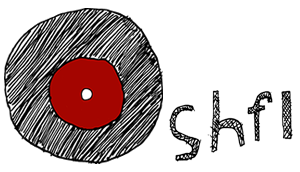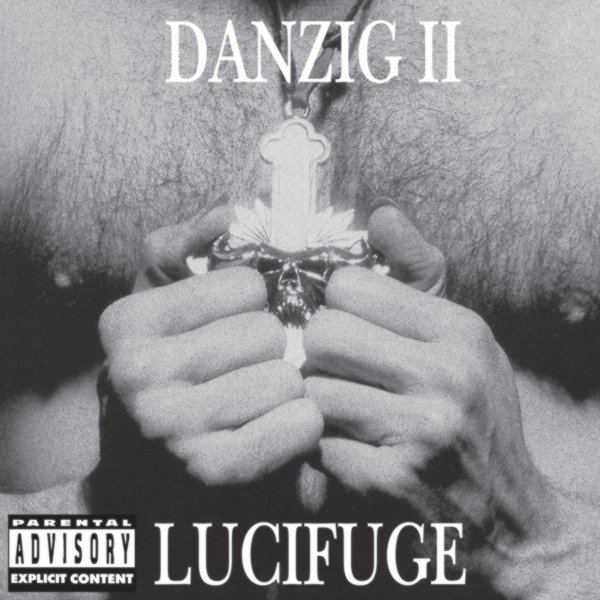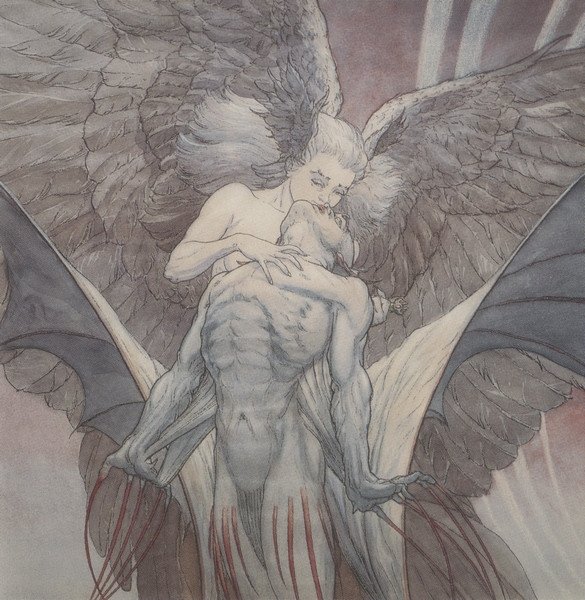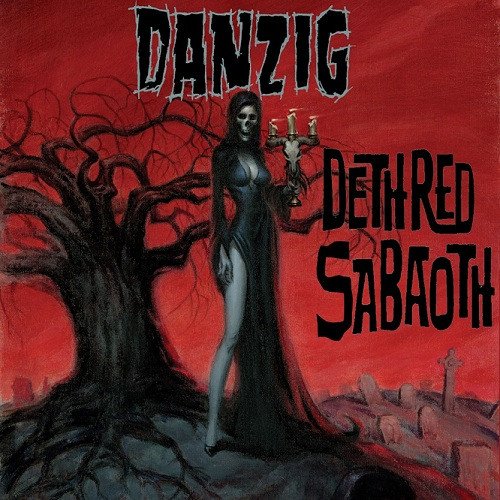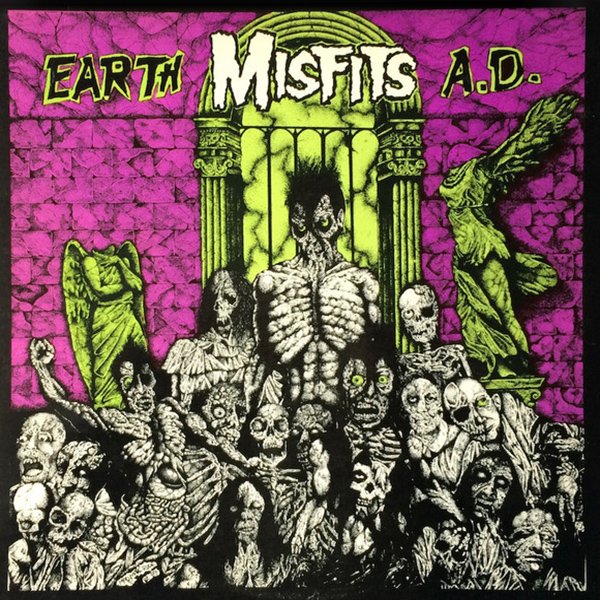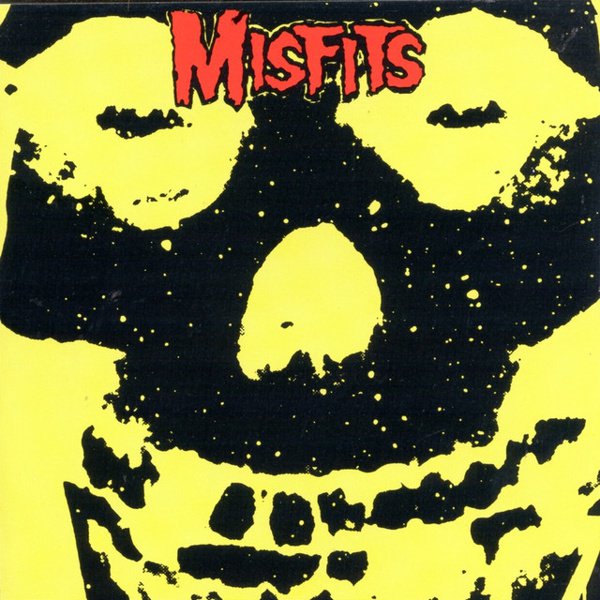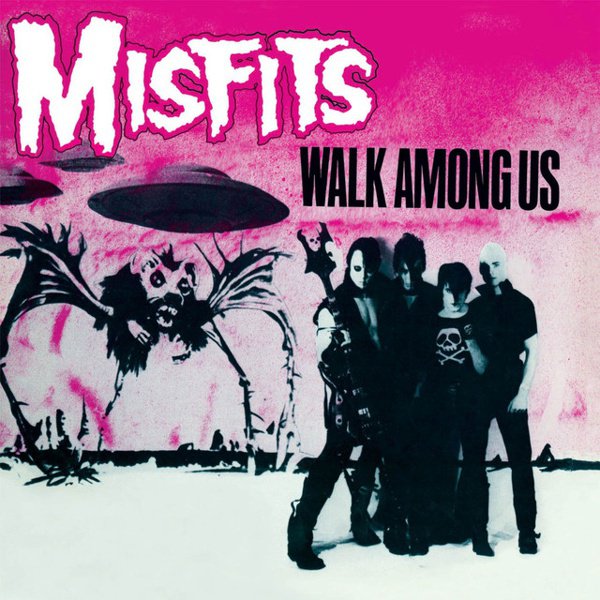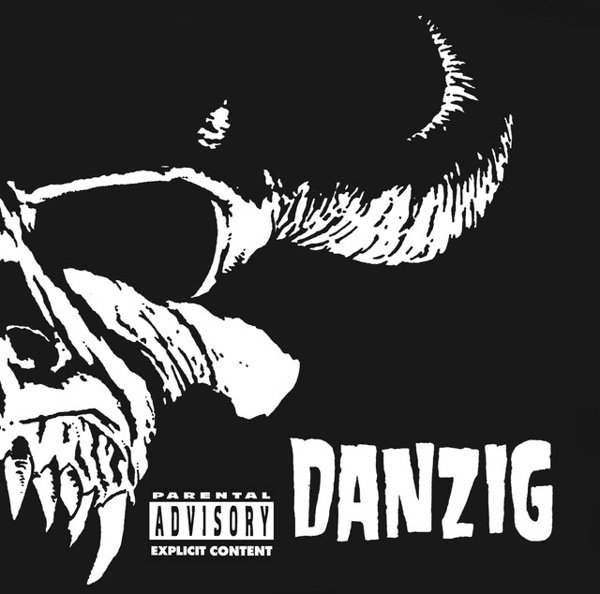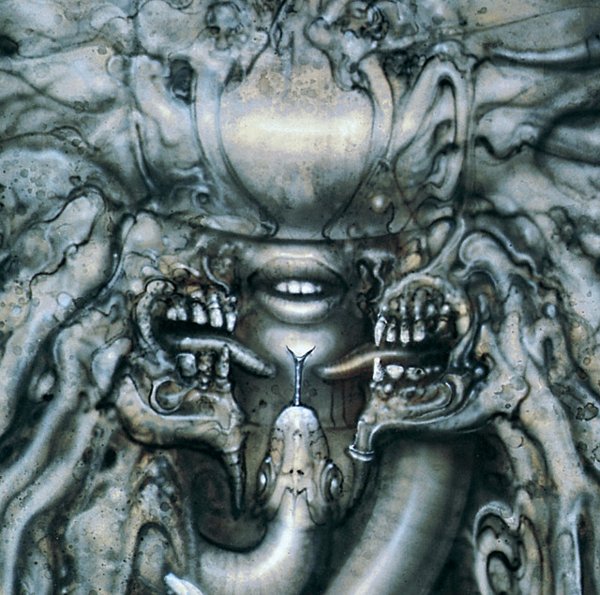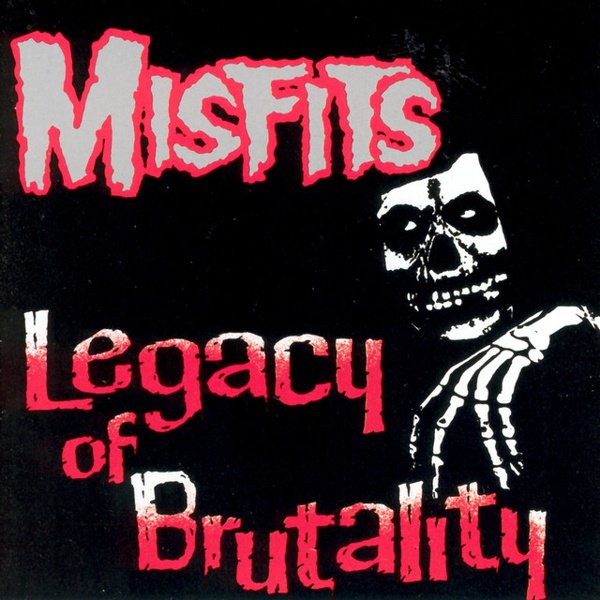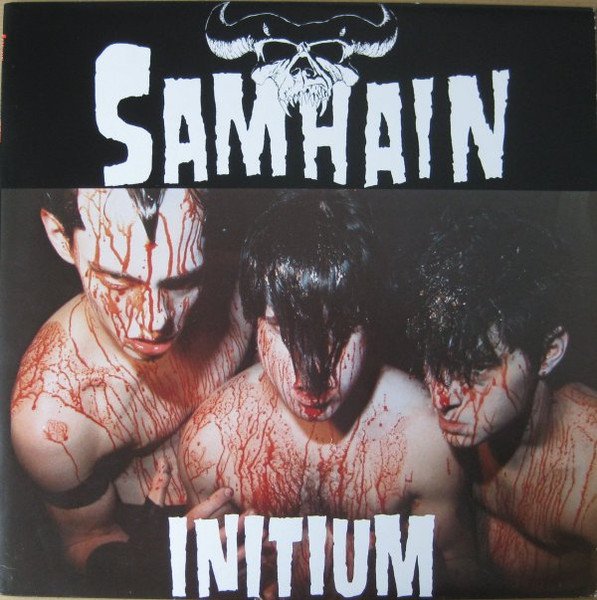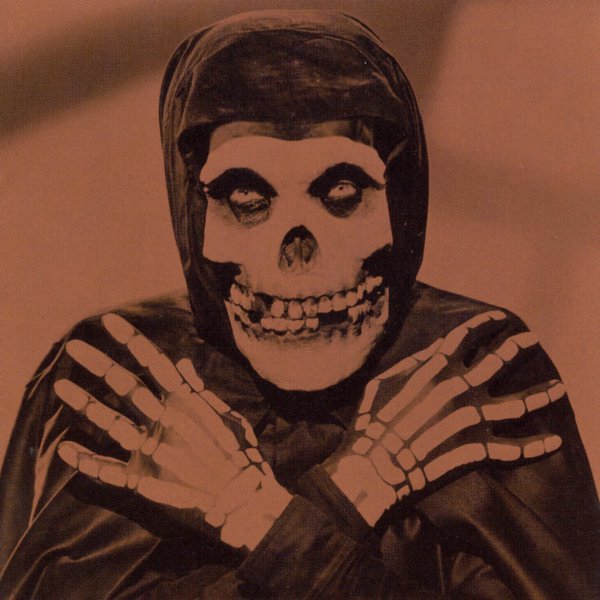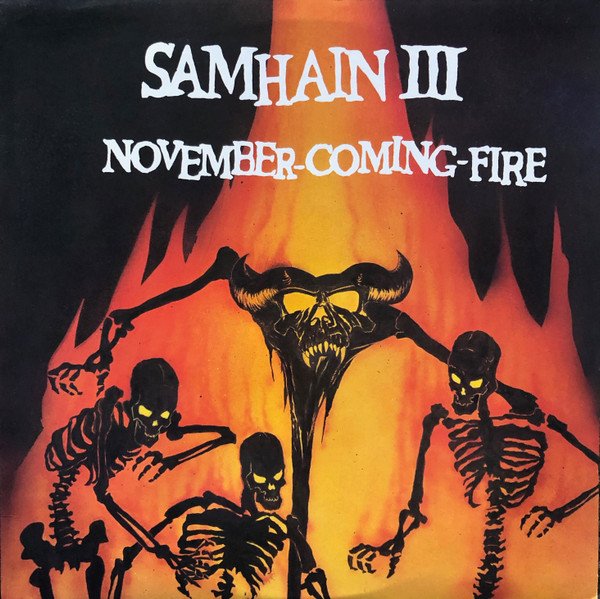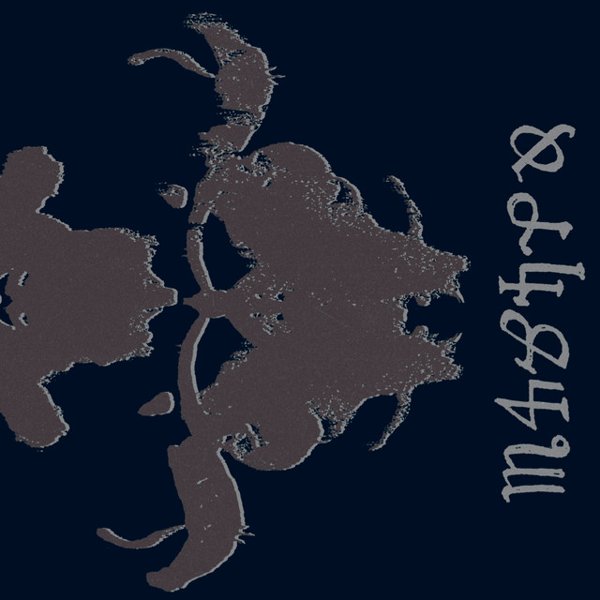There’s a case to be made that Glenn Danzig is the most underrated songwriter of the past 50 years. Sound far-fetched? Maybe that’s because of the way that so many facets of his persona — from his enduring obsession with comic-book horror and B-movie schlock to his once-chiseled physique and WWF-worthy image — have routinely diverted attention away from his musical accomplishments and turned him into perennial meme fodder.
But seriously: The Misfits catalog alone is a true marvel, a cornucopia of anthemic hooks paired with grisly, unnerving imagery that’s unlike anything else in American music. Chances are decent to high that you can sing at least a couple dozen of these tunes from memory, a claim that wouldn’t hold for many punk outfits outside the Ramones. And the man born Glenn Allen Anzalone wrote every word and every note, and sang them in a preternaturally mature voice that married Elvis’s hip-shaking swagger and soul to the raw-throated howls of the DIY uprising.
Beyond the so-called devilocks and skull makeup, the band covered an admirable amount of ground, from the spooky, garage-y rippers found on Collection I (and its eventual sequel) and Legacy of Brutality to the whoaaaaa-packed, zombie-and-monster-themed singalongs of Walk Among Us and the bloodthirsty hardcore of Earth A.D. A slew of these tracks — “Hybrid Moments,” “Last Caress,” “Bullet,” “Skulls” and more — have essentially become rock standards, immortal entries in the Great American Underground Songbook.
For some, the Glenn Danzig legacy remains frozen in 1983, the year of the Misfits’ original breakup. But another decade of brilliant and ever-evolving work followed, starting off with the shadowy Samhain, which acted as a bridge between the Misfits and the eponymous Danzig project, carving out a distinctive sonic niche somewhere in the fertile overlap between hardcore, goth and post-punk on two raging yet eerily atmospheric full-lengths, Initium and Samhain III: November-Coming-Fire.
The outfit simply known as Danzig was the band that Glenn was always meant to front. Its first four albums are an astounding statement of hard-rock intent: violent, sexy, irrepressibly swinging and — during the often overlooked quieter moments — poignant and downright bone-chilling. The self-titled 1988 debut is a wall-to-wall classic of snarling, strutting riffery that showcases the incendiary chemistry of virtuosic guitarist John Christ, sturdy bassist Eerie Von (an early Glenn pal and a holdover from the Samhain years) and drummer extraordinaire Chuck Biscuits (formerly of D.O.A., Black Flag and Circle Jerks), the perfect complement to the leader’s expanding vocal range and songwriting confidence. (The iconic “Mother is only the tip of the iceberg.) During the next six years, their palette deepened admirably across three more rich and satisfying albums.
The band, which cycled through various members following the splintering of the original lineup after 1994’s undervalued Danzig 4p would never again recapture its early glory, though later bright spots like 2010’s Deth Red Sabaoth showed that Danzig’s knack for penning various sorts of sinister anthems remained undiminished.
Only die-hards tend to plumb the more obscure depths of the Glenn Danzig catalog, though two items in particular are worthy for the way they illustrate the surprising range of this true American original: The 1992 classical suite Black Aria, a respectably foreboding slice of soundtrack-y mood-setting, and 2020’s Danzig Sings Elvis, where he honored one of his vocal idols by crooning a set of deep cuts originally performed by the King. Once an upstart, he revealed himself here as the rock & roll classicist he always was at heart.
